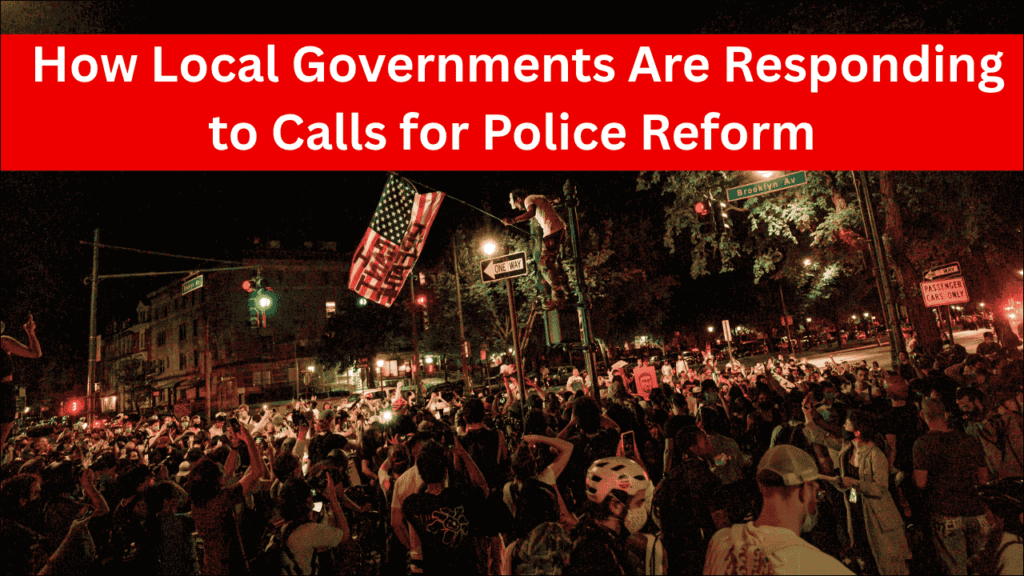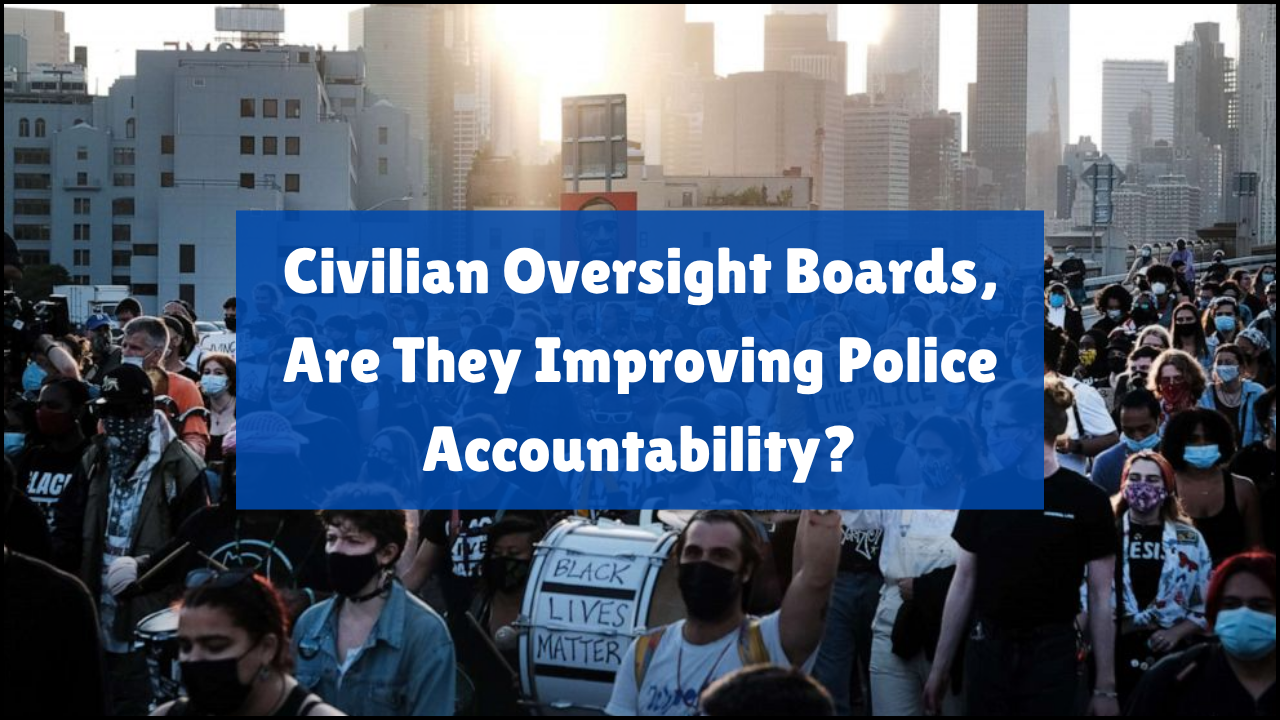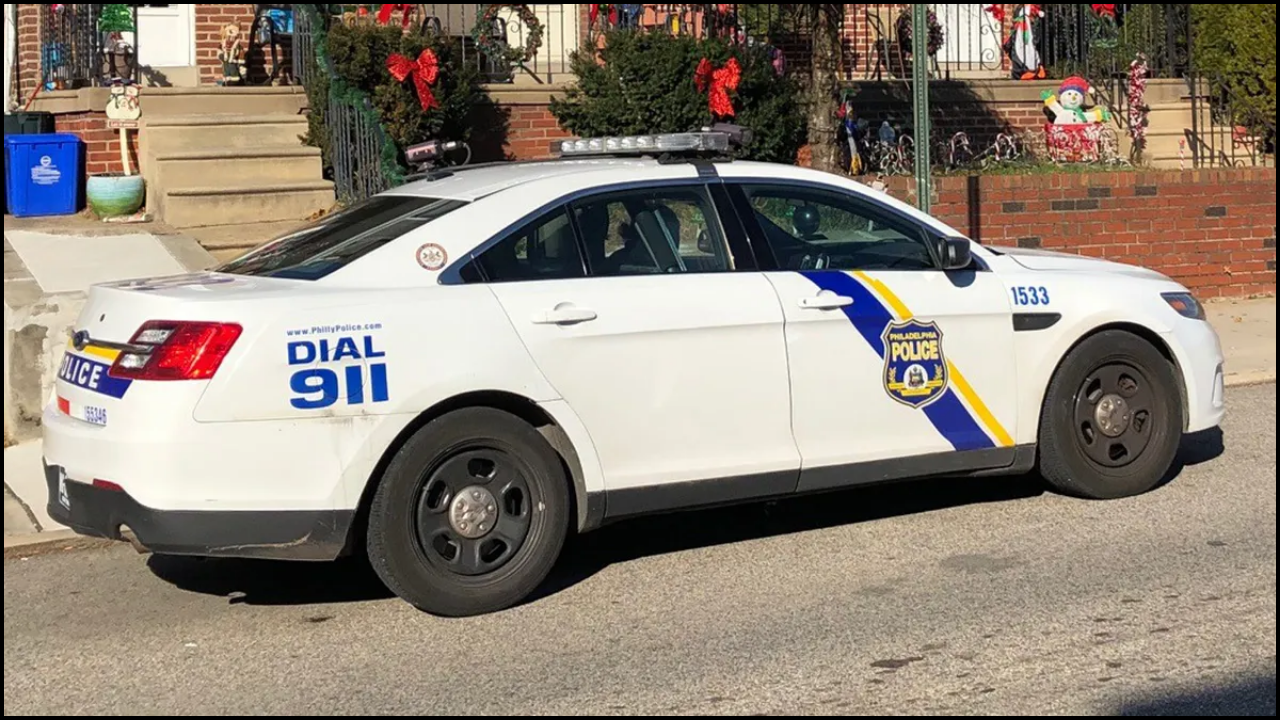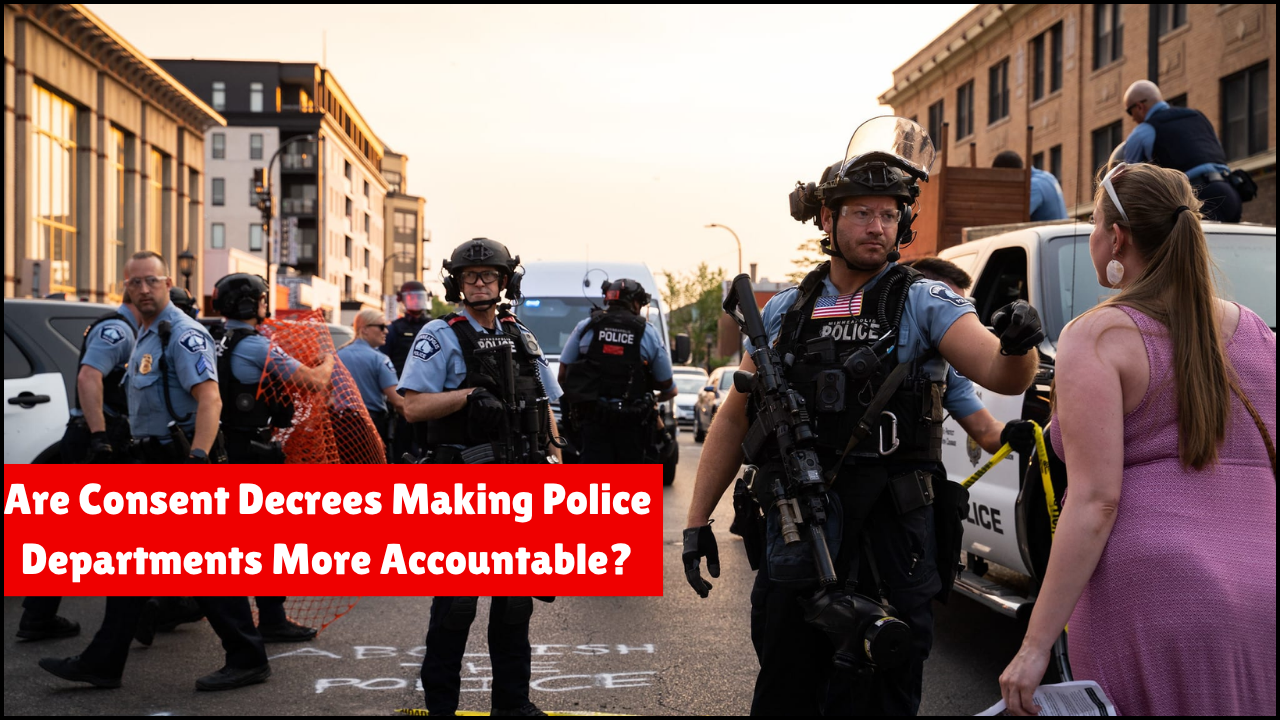
Public demand for police reform has grown rapidly due to high-profile incidents, social justice movements, and ongoing debates about law enforcement practices. Local governments across the United States have started implementing a wide range of changes to address concerns about police misconduct, use of force, racial bias, and accountability. These actions vary widely depending on the city, political leadership, and community involvement. The response includes policy shifts, structural reforms, increased transparency, and stronger community engagement.
Table of Contents
Key Policy Reforms Implemented by Local Governments
Local authorities have adopted several new policies to guide police behavior and reduce incidents of excessive force.
- Use-of-force policy revisions
- Local agencies are tightening guidelines on when and how force may be used.
- Ban on chokeholds
- Many departments have prohibited chokeholds and neck restraints.
- De-escalation training
- Officers now receive mandatory training in de-escalation tactics.
- Duty to intervene
- Officers are legally required to intervene if they witness misconduct.
- Body camera usage
- Widespread implementation of body-worn cameras is becoming the norm.
Key Policy Measures and Their Objectives
| Policy Measure | Primary Objective |
|---|---|
| Ban on chokeholds | Prevent lethal force and protect civilians |
| Duty to intervene | Encourage internal accountability |
| Body cameras | Increase transparency and document interactions |
| De-escalation training | Reduce violent outcomes during police responses |
| Use-of-force restrictions | Limit unnecessary use of aggressive force |
Changes in Police Department Structures
Police departments are undergoing internal restructuring to improve efficiency and trust.
- Civilian oversight boards
- Independent boards review complaints and disciplinary actions.
- Reallocation of responsibilities
- Non-emergency tasks are transferred to social workers or community services.
- Mental health response units
- Specialized teams now handle mental health crisis calls.
- Recruitment reforms
- Hiring practices prioritize community ties and emotional intelligence.
- Leadership shake-ups
- Some cities have replaced chiefs with reform-minded leaders.
Structural Reforms in Local Policing
| Structural Reform | Purpose |
|---|---|
| Civilian oversight boards | Promote independent review of police behavior |
| Mental health crisis units | Provide appropriate care during mental distress |
| New recruitment standards | Ensure suitable and community-oriented officers |
| Social service co-responses | Address root causes rather than criminalize them |
| Departmental leadership changes | Bring reform-driven leadership into key roles |
Community Engagement and Transparency
Local governments are actively involving the public in the reform process to rebuild trust.
- Town halls and listening sessions
- Residents express concerns and propose ideas.
- Public access to disciplinary records
- Records are now more accessible under new laws.
- Police-community advisory councils
- Regular collaboration occurs between law enforcement and residents.
- Surveys and data collection
- Governments collect public input on police performance.
- Transparency portals
- Online dashboards show police activity statistics and complaints.
Community Engagement Strategies
| Strategy | Impact on Reform Process |
|---|---|
| Town halls | Increase trust and democratic involvement |
| Public disciplinary records access | Boost transparency and accountability |
| Police advisory councils | Encourage mutual understanding and communication |
| Data dashboards | Make law enforcement data available for public review |
| Community surveys | Highlight citizen satisfaction and areas for improvement |
Legal and Legislative Actions at the Local Level
Municipal councils and city governments are also legislating reform through new local laws.
- Use-of-force ordinances
- Local legislation defines acceptable and unacceptable practices.
- Police budget reevaluation
- Budget cuts or reallocations shift funds to social services.
- Independent investigations
- Laws now mandate independent inquiries into police shootings.
- Ban on no-knock warrants
- Some cities restrict or eliminate surprise entries.
- Qualified immunity challenges
- Local leaders advocate for changes in legal protections for officers.
Local Legislative Measures
| Legislative Action | Intent of the Law |
|---|---|
| Ban on no-knock warrants | Reduce accidental fatalities during police raids |
| Use-of-force ordinances | Legally codify strict limits on the use of violence |
| Police budget changes | Reinvest funds into prevention, mental health, and housing |
| Independent shooting probes | Ensure fair investigations without department bias |
| Push against qualified immunity | Hold individual officers accountable for misconduct |
Resistance and Challenges in Implementation
Not all reforms are welcomed or easy to implement. Local governments often face challenges such as:
- Police union opposition
- Unions may resist changes seen as punitive.
- Budget constraints
- Some municipalities lack funds for additional services.
- Community division
- Reforms may divide communities with differing views on policing.
- State-level pushback
- Some states pass laws blocking local reforms.
- Slow pace of change
- Structural reform often requires long-term commitment and patience.
Barriers to Local Police Reform
| Barrier | Effect on Progress |
|---|---|
| Police union resistance | Slows or blocks disciplinary changes |
| Limited municipal budgets | Restricts the ability to launch new initiatives |
| Political polarization | Hinders consensus and continuity in policy |
| State preemption laws | Overrides local decisions with state mandates |
| Institutional inertia | Makes it difficult to dismantle established systems |
Case Studies of Effective Local Reform
Certain cities have become models for reform efforts by implementing comprehensive strategies.
- Camden, New Jersey
- Dissolved and rebuilt the police department with a community-first approach.
- Austin, Texas
- Reallocated part of the police budget toward housing and mental health.
- Berkeley, California
- Removed police from traffic enforcement duties.
- Minneapolis, Minnesota
- Proposed a new Department of Public Safety to replace traditional policing.
- Denver, Colorado
- Launched the STAR program, where mental health workers respond to low-risk calls.
City-Based Reform Highlights
| City | Notable Reform |
|---|---|
| Camden, NJ | Entire department overhaul and culture shift |
| Austin, TX | Budget reallocation toward social services |
| Berkeley, CA | Civilian traffic enforcement program |
| Minneapolis, MN | Structural proposal for a Department of Public Safety |
| Denver, CO | STAR program for mental health and non-criminal emergencies |
Future Implications
Local governments are responding to calls for police reform in meaningful and diverse ways. Policy revisions, community participation, legislative action, and structural change represent a shift toward more transparent, accountable, and community-centered policing. Although challenges remain, these steps signify progress and reflect a growing consensus that public safety must align with justice and equity.





